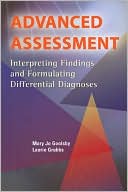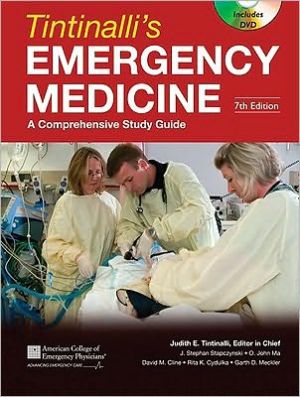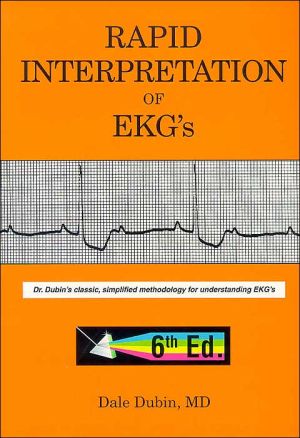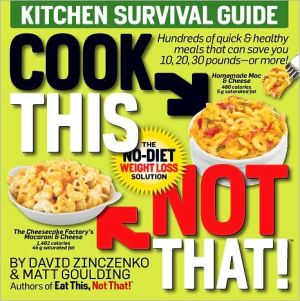Advanced Assessment: Interpreting Findings and Formulating Differential Diagnoses
Search in google:
Goolsby (director of research and education, American Academy of Nurse Practitioners) and Grubbs (nursing, Florida State U.) created this text as a guide in the assessment and diagnosis process for advanced practice students, new practitioners and experienced practitioners faced with new presentations. They show readers how to focus assessment effectually to find the most likely diagnosis and how to incorporate physical examination findings, patient history and diagnostic studies into a diagnosis. The text addresses all body and organ systems, summarizing specific physical assessment information for each. Annotation ©2005 Book News, Inc., Portland, OR Doody Review Services Reviewer:Carole Ann Kenner, DNS, RNC-NIC, FAAN(University of Oklahoma College of Nursing)Description:This is an advanced health assessment book aimed at helping nurse practitioner students and nurse practitioners narrow down a diagnosis. It provides tips on how to address unusual case presentations.Purpose:The purpose is to provide a quick reference for nurse practitioners and to serve as a text for nurse practitioner students who are studying health assessment and need help with assessment and obtaining a differential diagnosis. These worthy objectives are met.Audience:The audience includes nurse practitioner students and nurse practitioners. The author is very credible.Features:The book starts with an introduction of advanced health assessment and how this relates to formulating a differential diagnosis. The next section addresses application of the content using a systems approach. The last section focuses on vulnerable populations like the elderly, children, and pregnant women. In the systems section a typical approach to assessment is used: history, physical, order of examination, special considerations, differential diagnosis of chief complaint, signs and symptoms, and diagnostic tests. Illustrations are helpful, for example, palpation of lymph nodes and one of inflamed tonsils, but these would have been better in color like the ones of various skin conditions and the accompanying assessment techniques/maneuvers.Assessment:There are several books that cover the same material. Rhoads's Advanced Health Assessment and Diagnostic Reasoning (Lippincott, Williams & Wilkins, 2005)uses the diagnostic reasoning framework to teach general health assessment and is closer to this book than are the following two. Dains et al., Advanced Health Assessment and Clinical Diagnosis in Primary Care, 2nd edition (Mosby, 2003), is aimed at application of the diagnostic reasoning framework, starting with the chief complaint and applying the diagnostic process. Carcio's Advanced Health Assessment of Women: Clinical Skills and Procedures (Lippincott, Williams & Wilkins, 1999), focuses on health assessment for women. In comparison, this book accomplishes its goals but falls short in illustrating the application of diagnostic reasoning so critical to today's practice setting.
1Assessment and clinical decision-making : an overview22Skin123Head, face, and neck324The eye515Ear, nose, mouth, and throat776Caridac and peripheral vascular systems1177Respiratory system1528Breasts1689Abdomen18310Genitourinary system22911Male reproductive system26012Female reproductive system28913Musculoskeletal system32114Neurological system35415Nonspecific complaints37916Psychiatric mental health39517Pediatric patients42218Pregnant patients45119Older patients477








